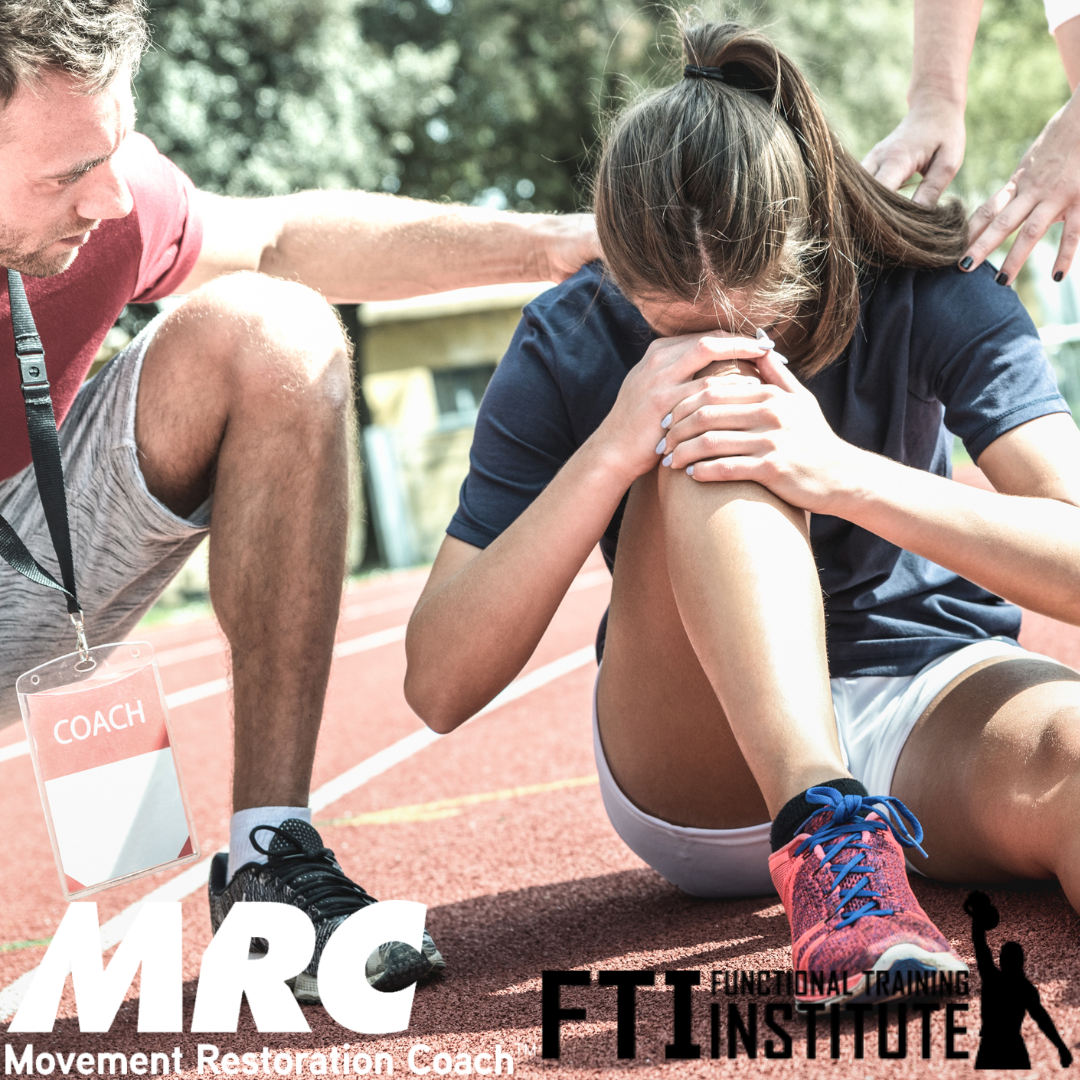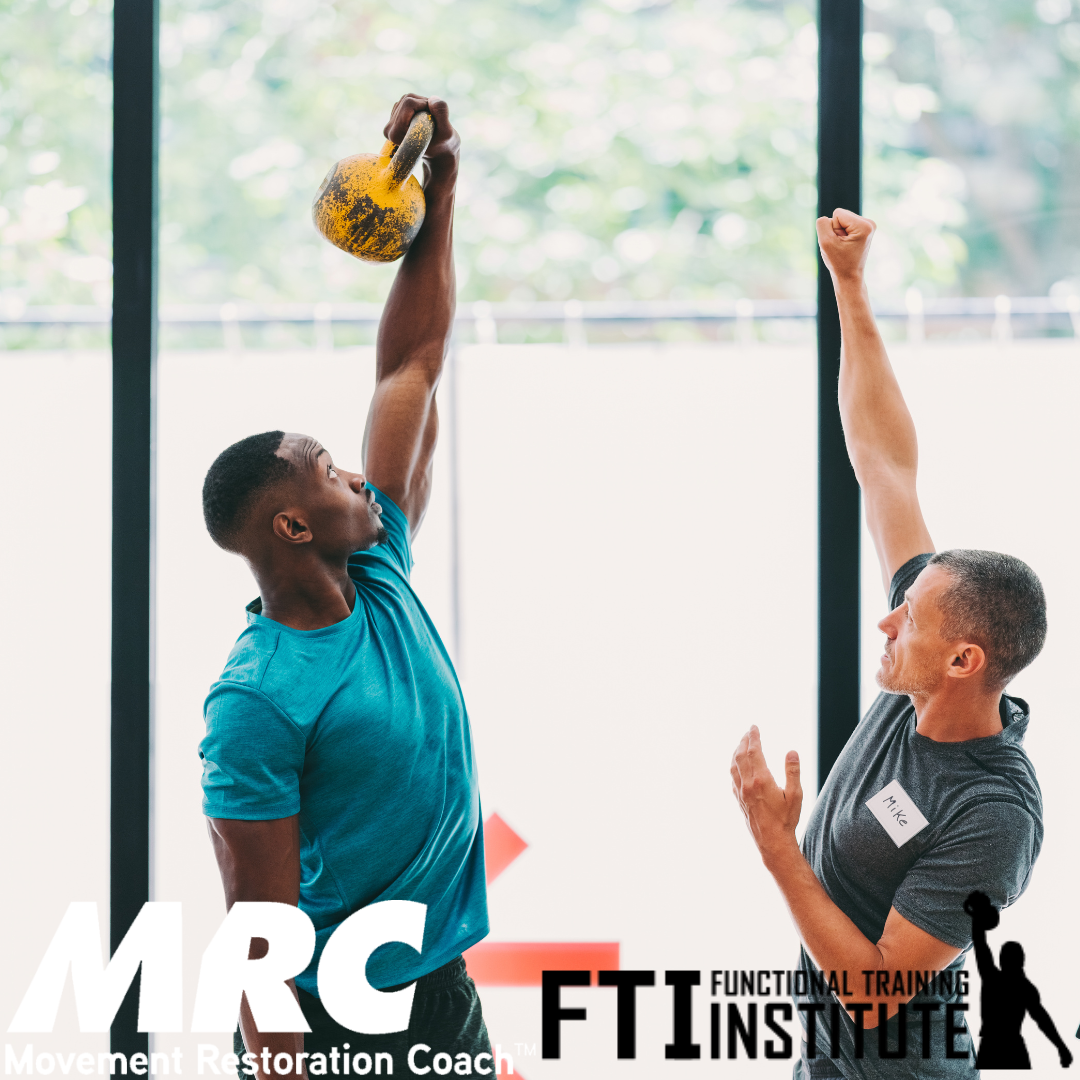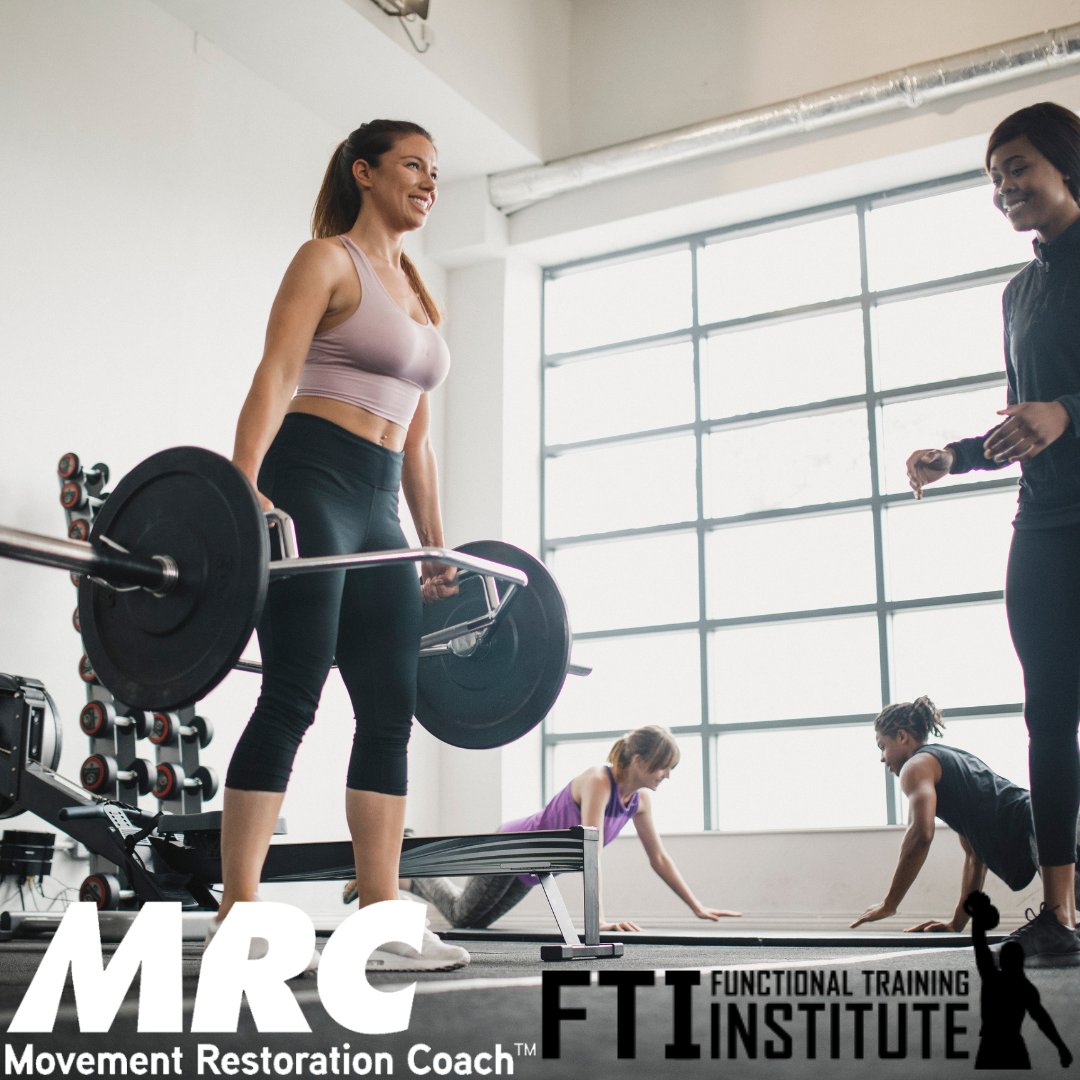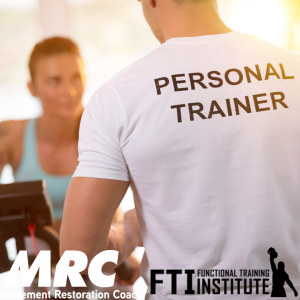A fitness coach’s guide to navigating back to fitness training.
Intro
Do you have a procedure for when a client athlete gets injured or comes to you injured? Are you a personal trainer that just avoids what hurts hoping it won’t affect training towards their goals?
As fitness coaches it is our responsibility to find a solution to people’s problems, even if that means referring out to another, more appropriate professional. If you don’t have a procedure for clients in pain this guide will certainly get you started. Having these procedures in place is an absolute non-negotiable, remember, we are in the HEALTH & fitness industry… Health comes before fitness.
The timeline
The first thing we need to look at is where someone is on the pain-to-performance timeline. The picture below is a basic view of some different stages someone may be working through. Where they are on this timeline determines how high risk they may be, what allied health professional they may need to work with, and the workout training focus.

Starting from the worst case, disabled with injury. This is someone that hasn’t found a solution to their pain which has now resulted in time off from the gym and affected their life. Daily living tasks are painful, or completely impossible. This is well outside our scope of practice as a fitness coach, so we must refer to an appropriate professional.
Next up on the timeline is experiencing nerve pain or inflammatory-style pain. This type of pain comes and goes as they go from physical work to complete rest, always yo-yo-ing between. Still, outside the fitness industry’s scope of practice but depending on your specialty you may start to work with an allied health professional to plan a pathway back to the gym.
 Before the severe inflammation or nerve pain the client may experience an annoying niggle, a small pinch, a tightness, or a jamming feeling. A pain that causes frustration but not always enough pain to make time out of the day to fix it. Usually dealt with by taking anti-inflammatories, taking small breaks from the gym, avoiding certain movements, or massage therapists. These are the most commonly seen within the fitness industry.
Before the severe inflammation or nerve pain the client may experience an annoying niggle, a small pinch, a tightness, or a jamming feeling. A pain that causes frustration but not always enough pain to make time out of the day to fix it. Usually dealt with by taking anti-inflammatories, taking small breaks from the gym, avoiding certain movements, or massage therapists. These are the most commonly seen within the fitness industry.
Before any real uncomfortable pain arises you may notice someone with some movement dysfunctions. These movement dysfunctions don’t hurt but do look like poor technique, it’ll make the exercises harder, cause excessive wear on the joints, and will make it harder for the client to reach their fitness goals.
If no pain is present, and movement patterns are competently within a technical norm then workouts can be performance or outcome focused. This is where most want to be but aren’t yet.
The professionals
My observations of the fitness industry over the last decade are that we are skipping vital steps and almost ignoring where people’s entry point is to the gym. The fitness industry scope of practice states we are coaching the ‘assumingly healthy population’, which allows for a lower standard entry-level qualifications and puts any risk (no matter how predictable or preventable) back onto the client athlete.
So we can better serve people, let’s go through what health professionals to work with at each stage of someone’s progression to fitness.

If disabled with injury a surgeon or physiotherapist are the two main professionals to work with that particular person. They need to get them back to normal daily living tasks before any sort of higher level of strength can be achieved.
 The high-risk nerve/inflammatory pain (depending on the diagnosis) will work with a surgeon, physio, or even an exercise scientist or physiologist.
The high-risk nerve/inflammatory pain (depending on the diagnosis) will work with a surgeon, physio, or even an exercise scientist or physiologist.
If a client is working through a niggling, annoying painful joint or soft tissue damage it will most likely be repaired in the gym, or a combination of clinic and gym. This stage will most likely be a collaborative effort between professionals like a Physiotherapist, Massage therapist, and specialised rehab/strength coach/movement restoration coach.
If someone presents with dysfunctional movement patterns that indicate a high risk of injury the only major difference between the niggling pain, is the pain. The professionals working with that client would be leaning more toward specialist strength coaches, exercises scientist, and massage therapists more so than clinical practice.
If a client presents with no pain or concerning dysfunctional movements they are free to pretty well work with anyone and are a bit better suited to the general non-specific fitness trainer.
The training focus
Each one of these stages has a specific focus, or intention when training in the gym/clinic, skipping or rushing steps could have the client going the wrong way down the timeline.

When out with injury, the training focus is only rehab, low load, low intensity, and the aim is to get back to daily living tasks without pain and minimal compensation.

Inflammatory or nerve pain is similar to the above with load, intensity, and recovery governed by the pain. Workouts, if in a gym-style setting will only look like a small extension to a very intensive rehab warm-up.
Clients with niggling pain will have a long and well-thought-out, corrective-focused warm-up that perfectly matches a corrective strength and mobility workout. Every exercise prescribed has the intention of recovering the pain and restoring stronger movement patterns.
When no pain is present but obvious movement deviations are present, workouts will look a little more like a traditional workout but both warm-up and workout are geared towards restoring stronger movement patterns more so than driving towards a performance outcome. At this stage of progressing to fitness, we can separate which movements need corrective work and which movements we can drive for performance. E.g. If someone has a poor shoulder pattern that needs some attention we can prescribe lower-body exercises for performance outcomes.
But training for performance is where everyone wants to be, and once all pain points are cleared and movement patterns are near a technical norm this style of training can take place. Warm-ups look very basic and dynamic with a workout that drives towards a performance or goal outcome. From here injury prevention will come down to good recovery methods, sensible exercise prescription with a healthy diet and lifestyle.
Conclusion
The fitness industry is about to shift, and a big shift at that. Our consumers want to perform at the highest level with the most intense workouts imaginable but have come to realise the fitness systems being sold to them aren’t sustainable. The fitness industry has bred a culture of ‘workout till you break’ mentality with a ‘pain is weakness leaving the body’ war cry, promoting gym goers to ignore pain until they are canceling yet another gym membership to go see a physio/surgeon.
Having systems in place to assess changes in people’s movement patterns, so we can intercept them early, allows us to make ‘corrective’ changes to their program without it looking like a ‘rehab’ session. This is the better option, instead of making people feel broken until they do break. Don’t skip or ignore the ‘niggling pain’ or ‘dysfunctional movement’ stages, have an assessment protocol, and a system to adapt your fitness program to meet the client where they currently are. Do this and I promise you, you will have clients for life and testimonials no one else receives.
For for Newsletter


